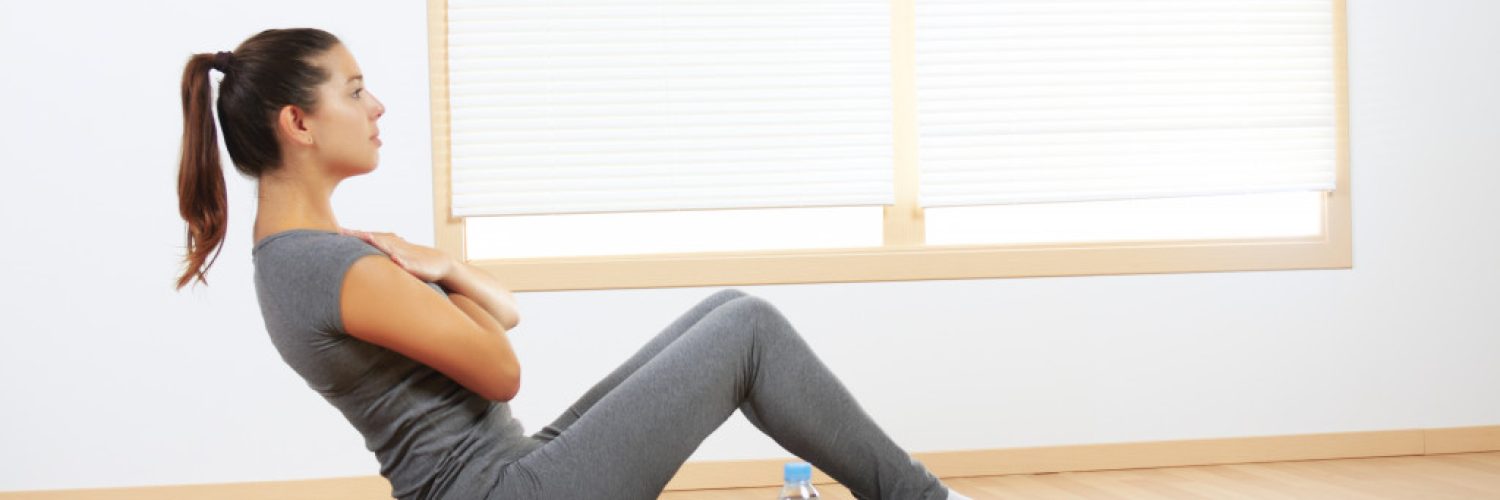Working out at home can be an excellent solution for people who do not have the time or money to join a gym. This was also a solution used by gym lovers during the pandemic when everyone had to stay within their homes to avoid contracting the COVID-19 virus. But exercising at home can be dangerous if you are not careful. Here are a few tips to help you avoid getting injured while working out at home

1. Make sure you have enough space to move around.
The space where you do your workouts should be large enough to move around without hitting any furniture or walls. This is especially important if you plan on doing cardio exercises. You want to avoid getting injured by tripping over something or running into a wall.
2. Use the right equipment.
Not everyone has the money to buy expensive workout equipment. But that does not mean you should settle for low-quality gym equipment to save a few bucks. Make sure the equipment you are using is sturdy and can support your weight. And if you are not sure how to use a particular piece of equipment, ask a friend or search for a tutorial online.
3. Take breaks.
Working out for hours on end can be dangerous, especially if you are not used to it. Make sure you take short breaks in between each workout to give your body a chance to rest. Drink plenty of water and eat a light snack to refuel. Don’t forget to breathe!
4. Warm-up and cool down.
Like you would warm up and cool down before and after a workout at the gym, you should do the same at home. This will help reduce the risk of injury. Warm up by doing light stretching exercises and then cool down by doing more stretching exercises and light cardio.
5. Manage workout pains.
Working out can sometimes cause pain in various parts of the body. This is normal, but it is important to know when the pain is too much and when you should stop working out. If the pain persists long after stopping working out, see a doctor. They may recommend pain management treatment to help you continue working out without any pain.
6. Be careful with weights.
Weights can be dangerous if not used correctly. Make sure you know how to use them properly before picking up a weight. Never try to lift a weight that is too heavy for you. Start with a weight that is comfortable for you and increase the weight gradually as you get stronger. As much as possible, have a friend or family member help you with weightlifting to prevent any serious injuries.
7. Be mindful of your posture.
Bad posture can lead to back and neck pain. Make sure you are aware of your posture when you’re working out and adjust accordingly. When doing exercises like squats and lunges, make sure your back is straight and your head is up. Proper form is key when it comes to avoiding injuries.
8. Take your time.
Don’t try to do too much too soon. Especially if you are only a beginner in this task, start with a few basic exercises and add more as you get stronger. If you are not sure how to do a particular exercise, you should search for a tutorial online or ask someone with knowledge of the specific practice. Rushing through your workouts can lead to injuries so take your time and focus on proper form.
9. Don’t forget to breathe!
This is probably the most important tip of all. Make sure you’re breathing properly when you’re working out. Breathe in through your nose and exhale through your mouth. This will help you stay focused and avoid getting lightheaded.
10. Don’t overdo it.
Finally, don’t overdo it. Listen to your body and don’t push yourself too hard. If you’re feeling tired, take a break. If you’re feeling pain, stop working out. Pushing yourself too hard can lead to injuries, so take it easy and focus on your own pace. You want to make sure that you are only pushing your body to a safe level of exercise and pain, or you’ll be undoing all your hard work.
Working out at home can be just as effective as working out at the gym, but it’s important to be safe while doing so. Remember to warm up and cool down before and after each workout, take breaks in between each workout, and use the right equipment. If you’re experiencing pain, don’t push yourself too hard and see a doctor if the pain persists. And most importantly, listen to your body and don’t overdo it! Always be safe when working out at home!

